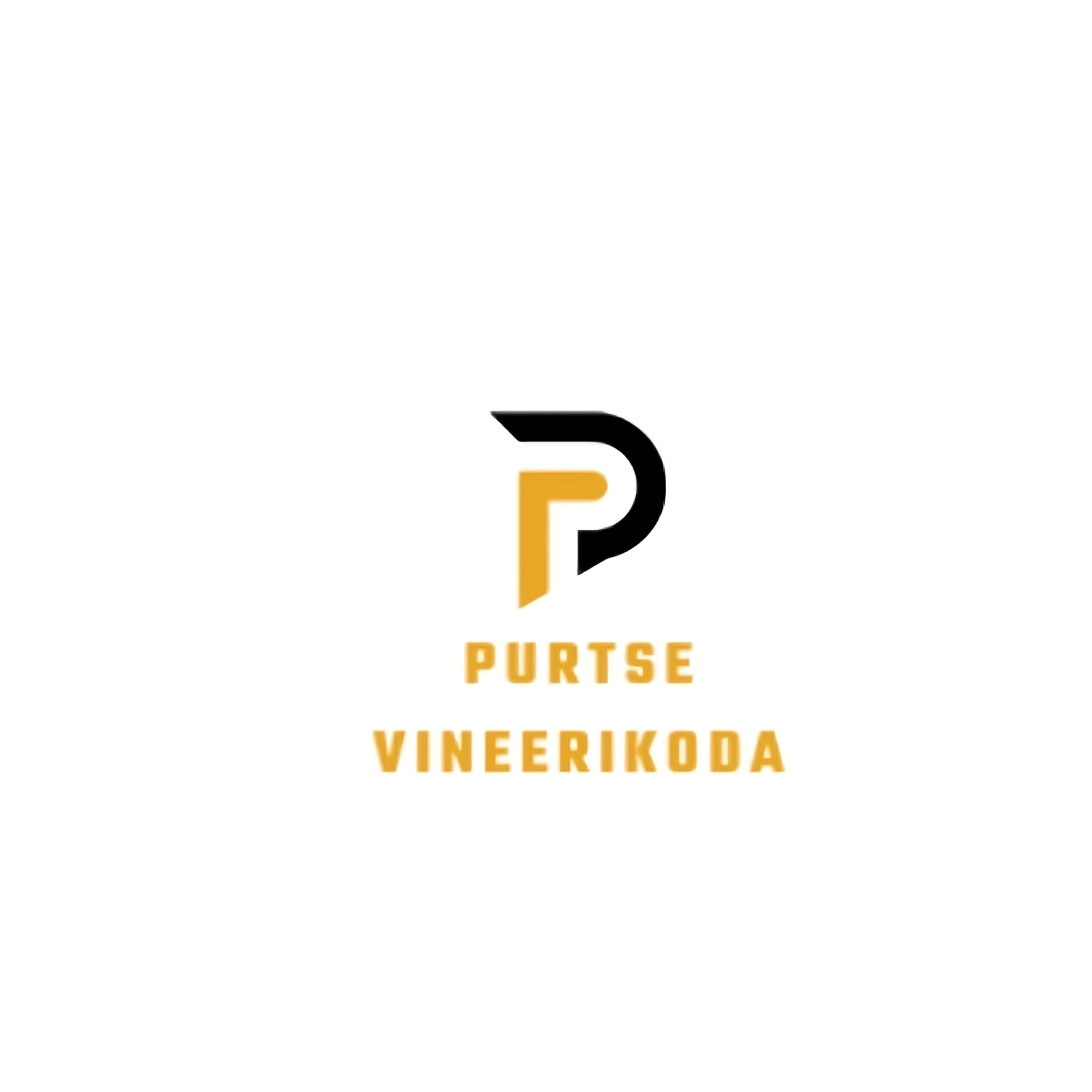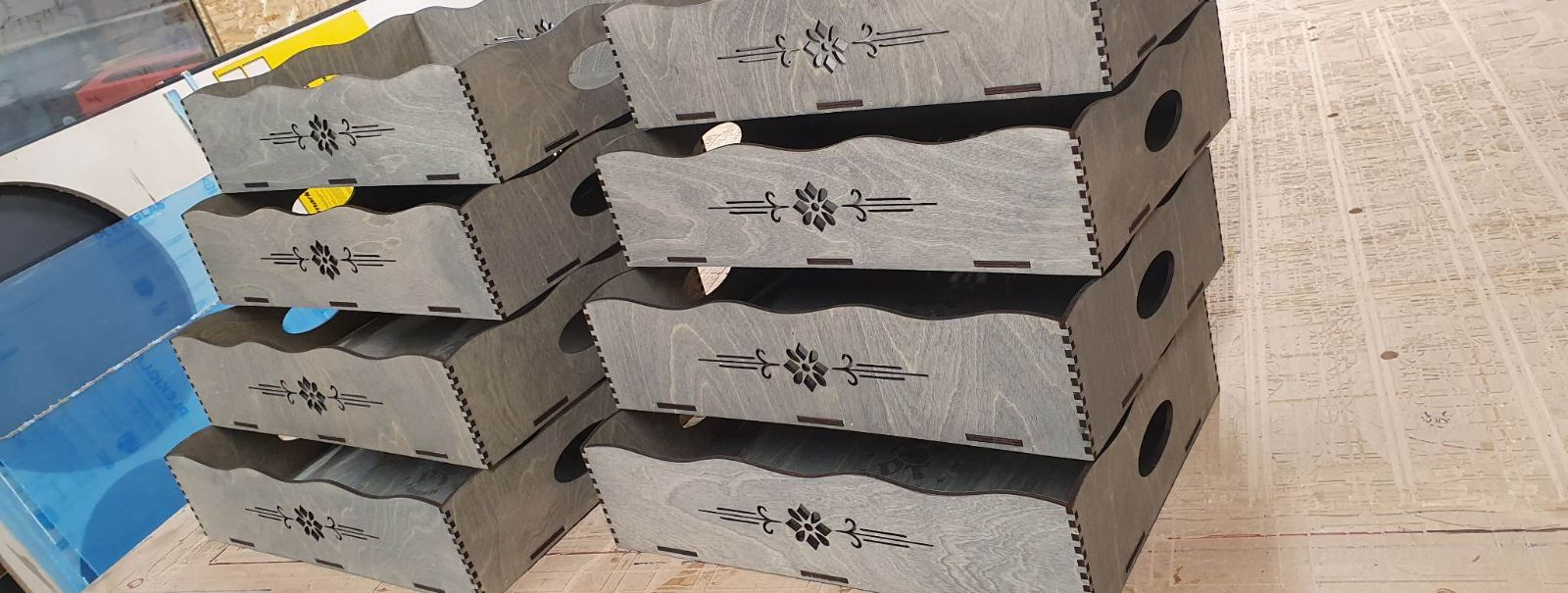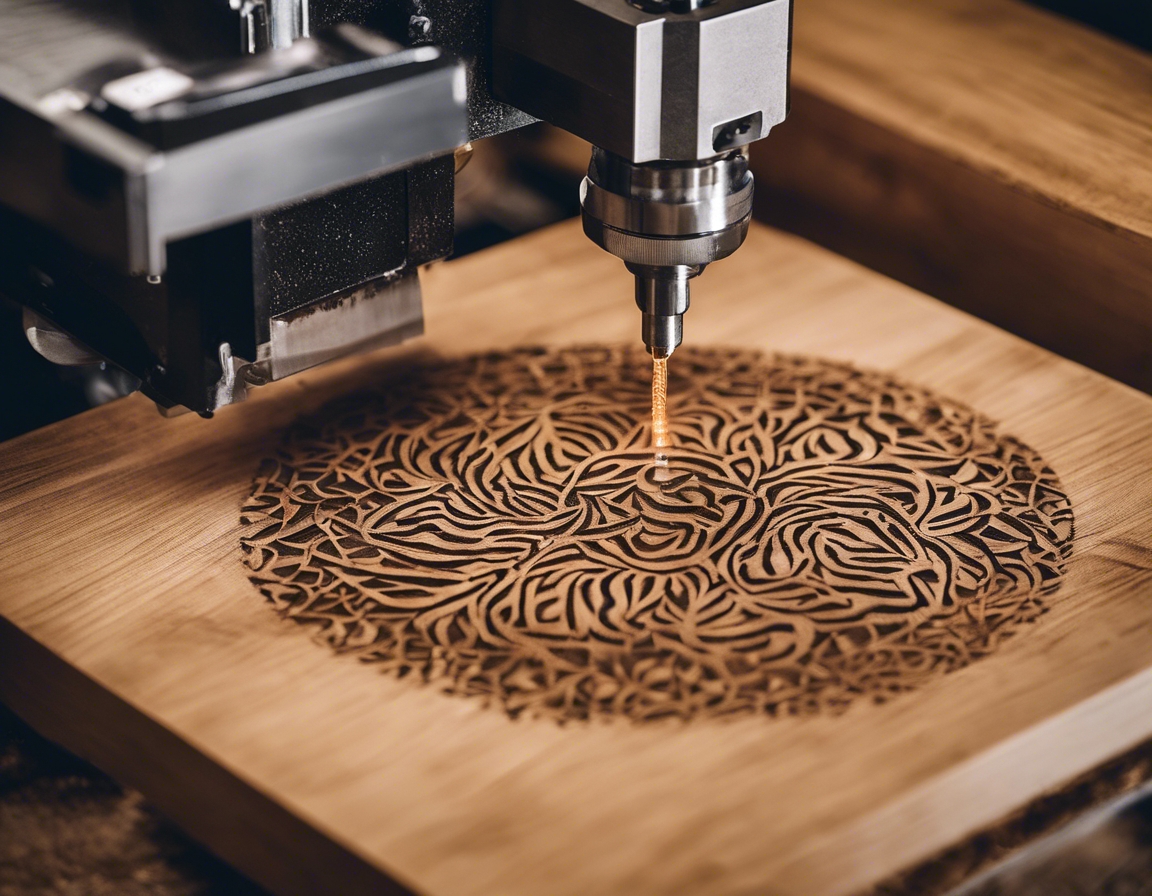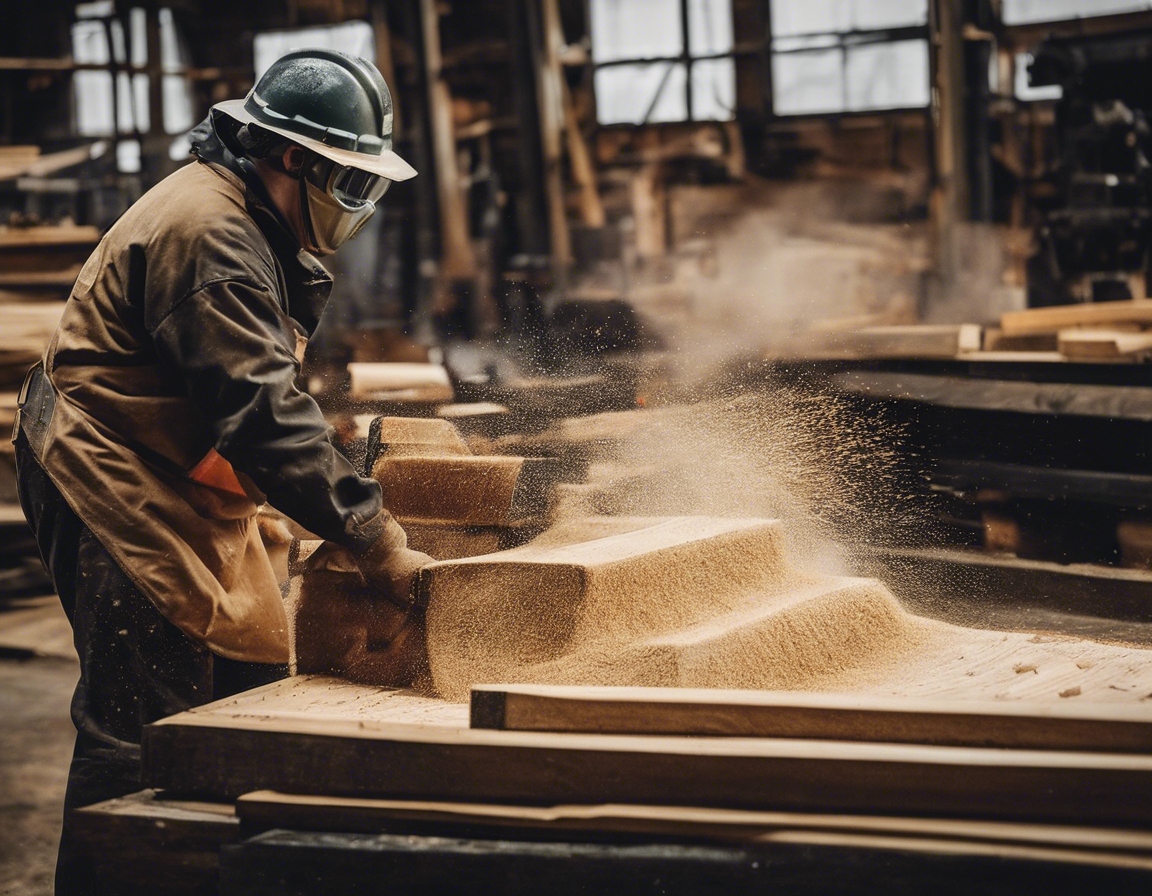Laser cutting vs. traditional methods: what's best for your project?
When it comes to shaping materials for manufacturing, design, or architectural projects, the choice of cutting technology plays a pivotal role in the outcome. Traditional cutting methods have been the backbone of material processing for decades, but with the advent of laser cutting, the landscape has changed significantly.
Traditional cutting methods, such as mechanical sawing, milling, and water jet cutting, rely on physical contact with the material. These methods have been refined over the years to improve efficiency and precision, yet they come with limitations in terms of complexity and material constraints.
Laser cutting, on the other hand, is a non-contact process that uses a high-powered laser to melt, burn, or vaporize material. It offers unparalleled precision and allows for intricate designs that would be difficult or impossible to achieve with traditional methods.
Comparing Laser Cutting and Traditional Methods
Laser cutting stands out for its exceptional accuracy and precision. The laser beam can be focused to a very small point, allowing for detailed cuts and clean edges. Traditional methods, while precise, cannot match the level of detail that laser cutting can achieve.
While traditional methods are versatile, laser cutting expands the possibilities by being able to process a wide range of materials, including metals, plastics, wood, and composites. This versatility opens up new avenues for designers and manufacturers.
Laser cutting is not only precise but also fast. The process speeds up production times, allowing for quicker turnaround on projects. Traditional methods, although reliable, can be slower and may require additional finishing steps.
Initial investment in laser cutting technology can be higher, but the reduction in labor costs and increased speed can lead to long-term savings. Traditional methods may have lower startup costs but can become more expensive over time due to slower speeds and higher labor requirements.
The environmental impact of cutting technologies is an important consideration. Laser cutting is generally cleaner, producing less waste and requiring less energy than some traditional methods. This aligns well with the values of environmentally conscious clients.
Choosing the Right Method for Your Project
Understanding the specific needs of your project is crucial in selecting the appropriate cutting method. Factors such as precision, material type, and design complexity play a significant role in this decision.
The type of material you are working with can greatly influence the choice between laser cutting and traditional methods. Some materials may be better suited to one method over the other.
Projects with intricate designs or tight tolerances are often better served by laser cutting. The ability to produce complex shapes with high precision makes it a preferred choice for detailed work.
For high-volume production runs, laser cutting can offer efficiencies that traditional methods cannot match. The automation and speed of laser cutting make it ideal for large-scale projects.
If your project has specific environmental or sustainability goals, laser cutting may be the more suitable option due to its cleaner process and reduced waste.






Comments (0)